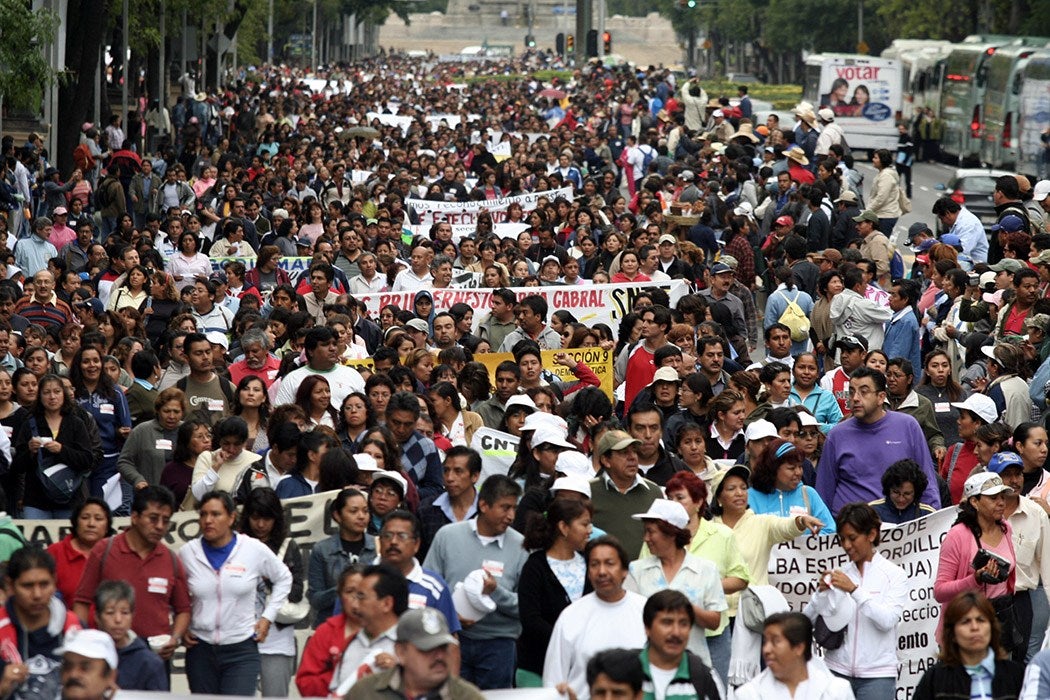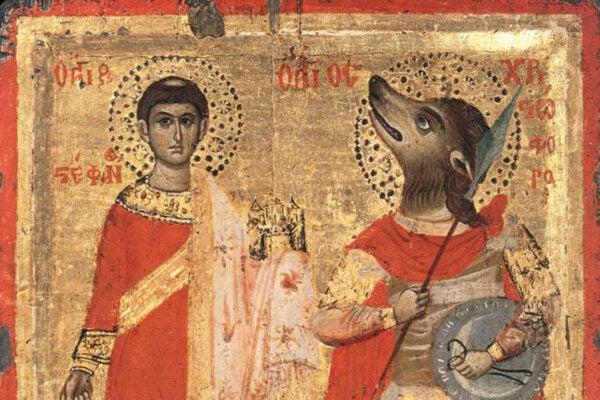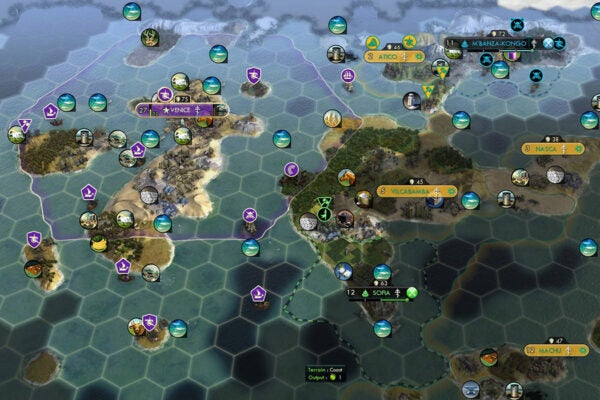Recently teacher union protests over education reform turned deadly in Oaxaca State, Mexico. Demonstrations led by the largest and most powerful teaching union, known as Coordinadora Nacional de Trabajadores de la Educaciôn, or National Coordinator of Education Workers (CNTE), blocked streets and disrupted traffic, causing friction and violent clashes between teachers and state police. Preceding the protests, the government fired more than 4,000 teachers for missing classes to strike, and following the clashes, over 100 people were injured (half police and half civilians), nine people were killed, and chaotic violence ensued.
Today’s strikes and struggles have been a long time in the making. The radical wing of CNTE has led decades of annual strikes to increase teacher pay. In 2006, these peaceful protests turned deadly as they escalated in intensity with an increase in armed police officers, leading to civil unrest and violent turns. Lasting over six months, this upheaval caused the loss of lives and the displacement of more than one million students who couldn’t attend school during this time.
In 2013, a new wave of strikes began, as teachers protested large scale, national education reform that Mexican Congress had just passed. After these protests swept through many of Mexico’s states, Bradley A. Levinson noted some of the underlying issues prompting this unrest: “Issues raised by today’s protesting teachers represent a combination of perennial grievances and new fears and concerns.” More specifically, teachers have largely protested the “elements of the new reform law that link teacher employment and promotion to student performance on standardized tests.”
Want more stories like this one?
This summer has been no different, as teachers have protested national education reform that continues to change the method for evaluating teaching. Recent reforms emphasize standardized testing and require teacher assessment tests, mandates that both CNTE and the teachers stand strongly against, since they fear these are punitive precautions in place to fire teachers rather than to improve education quality.
As Levinson argued, “[t]he tumult in Mexican education has deep roots in politics and tradition, but it is latter-day global competition and international measures of student performance that are driving reform efforts.” He continues his argument, comparing the “proposed Mexican assessment regime” to the U.S. “high-stakes testing inaugurated by No Child Left Behind.” Levinson notes that the upheavals seem to stem from global education and assessment trends that are quite literally foreign to Mexico’s domestic education system. “Now, suddenly, [teachers] face punitive measures for failing to raise academic achievement to a level determined mainly by foreign and business interests.”







